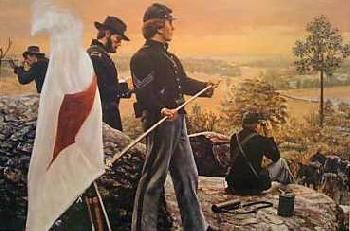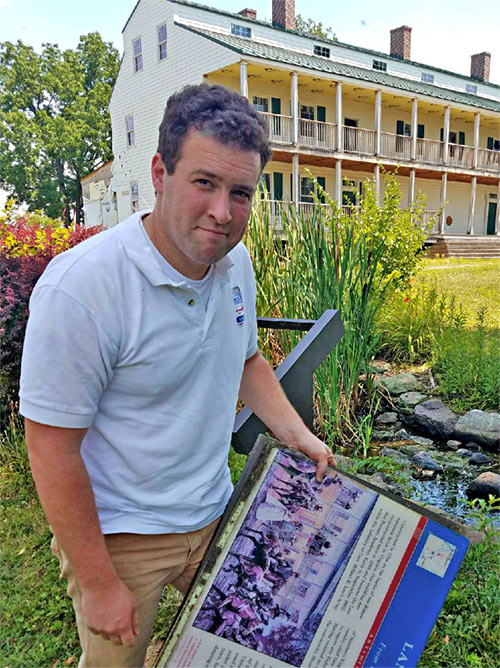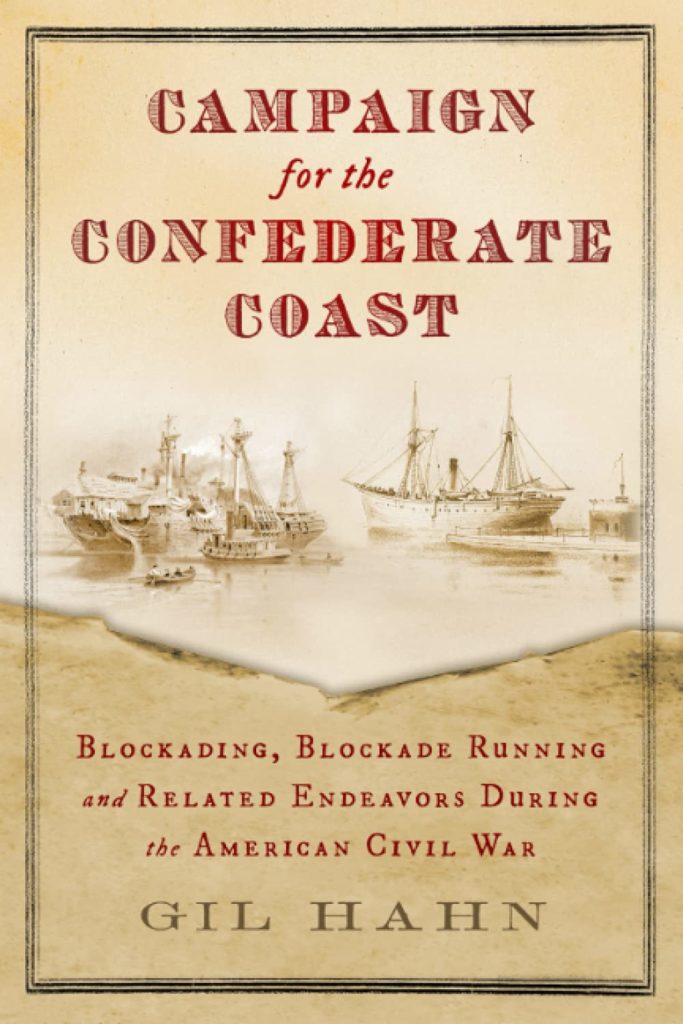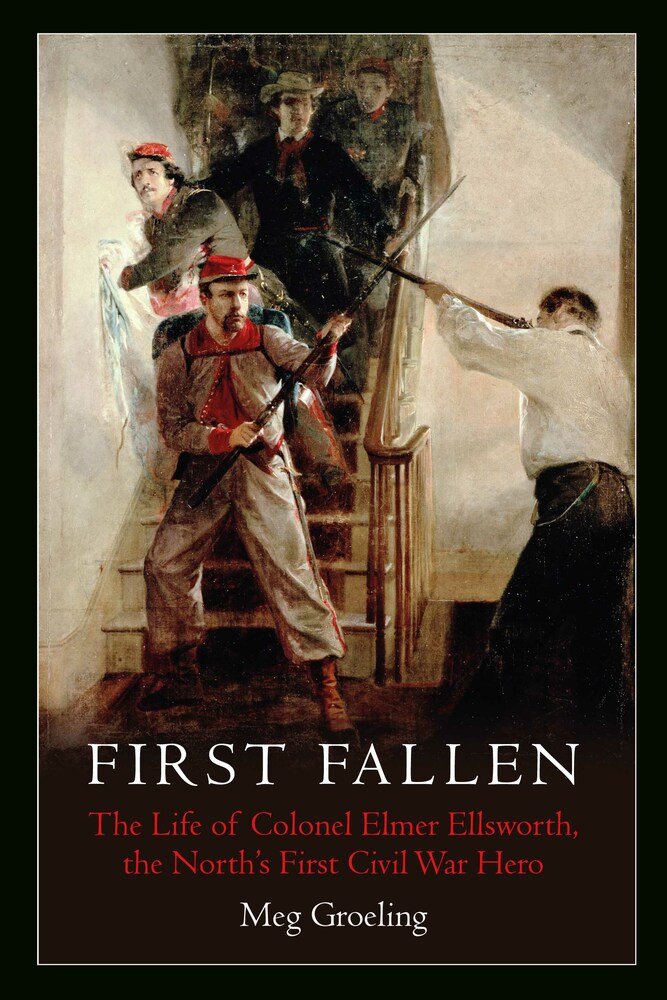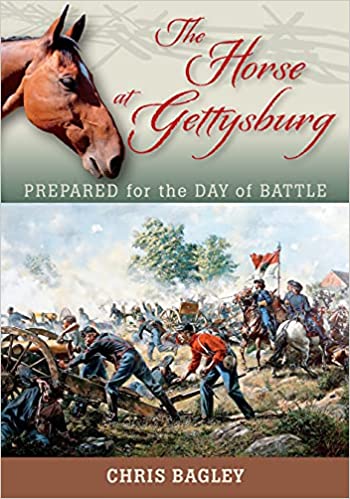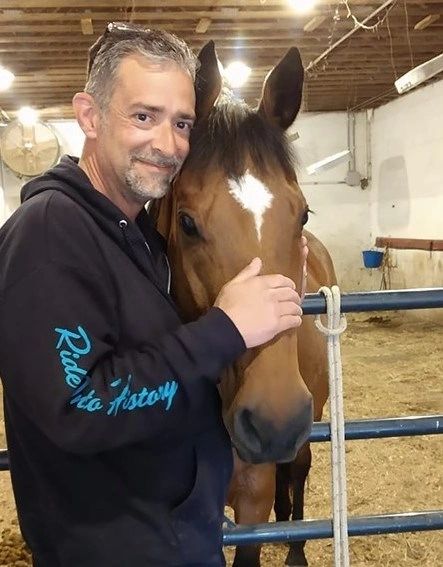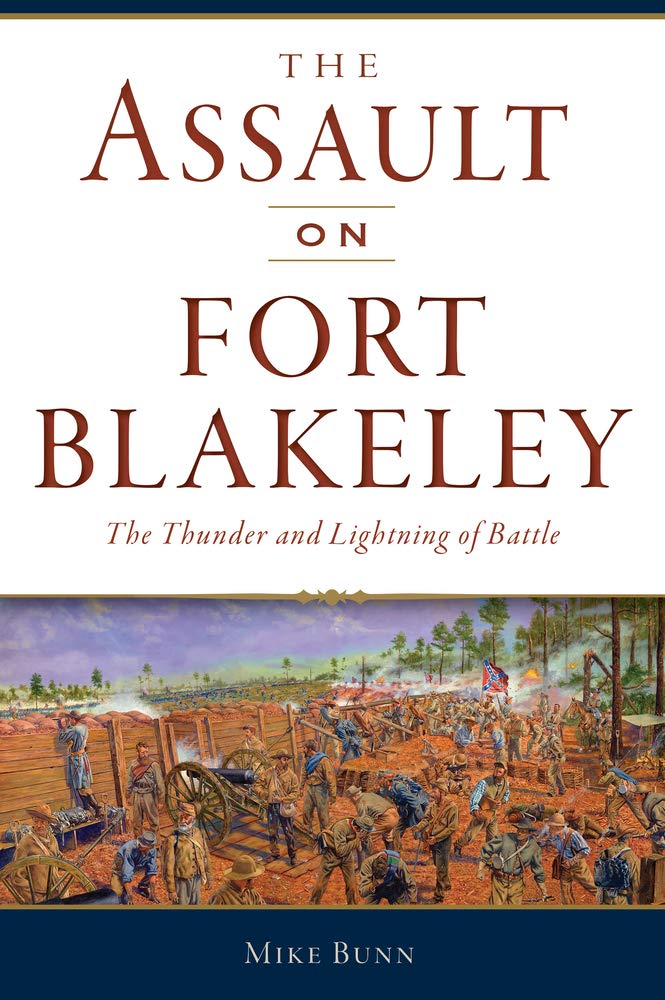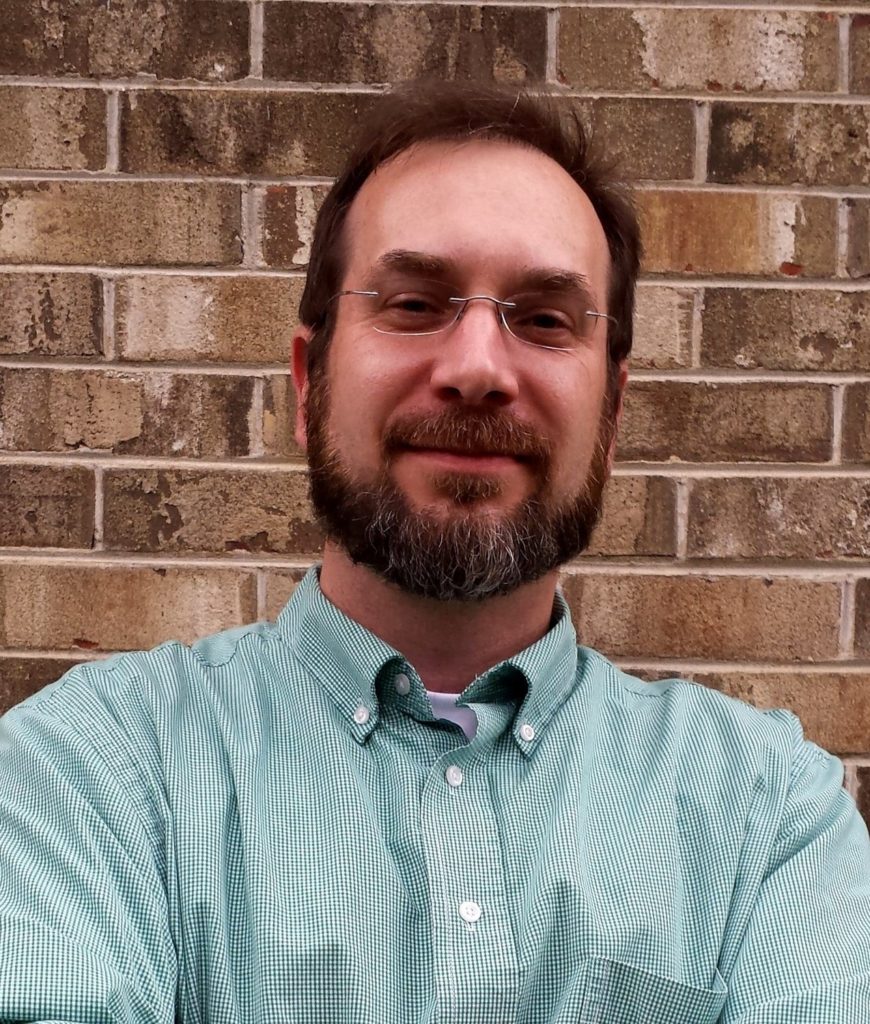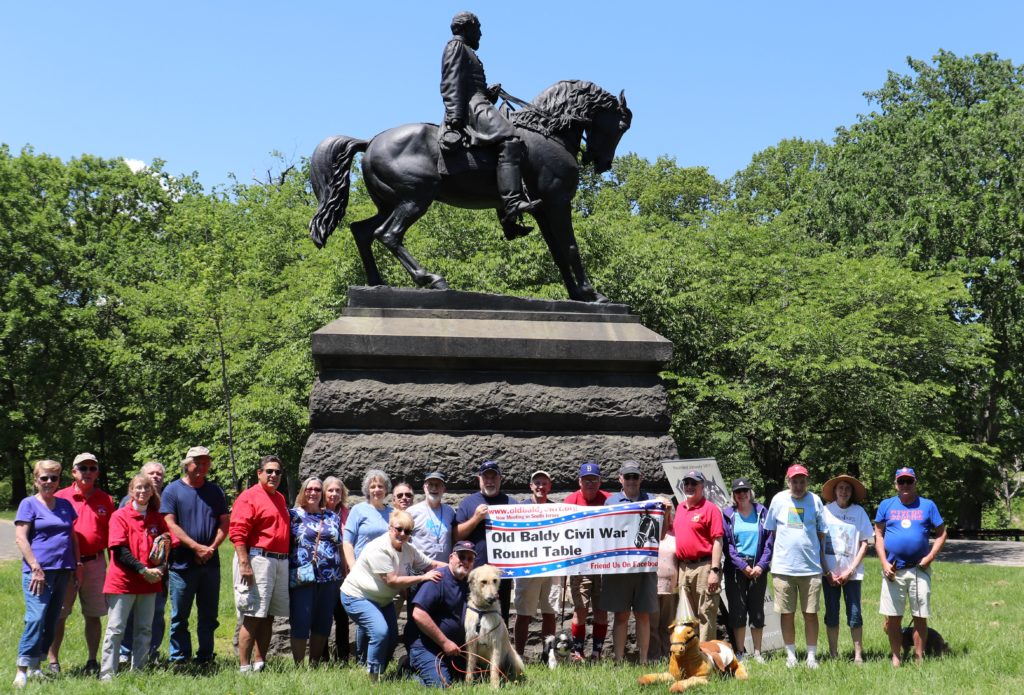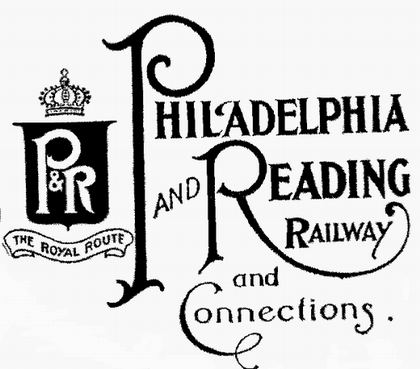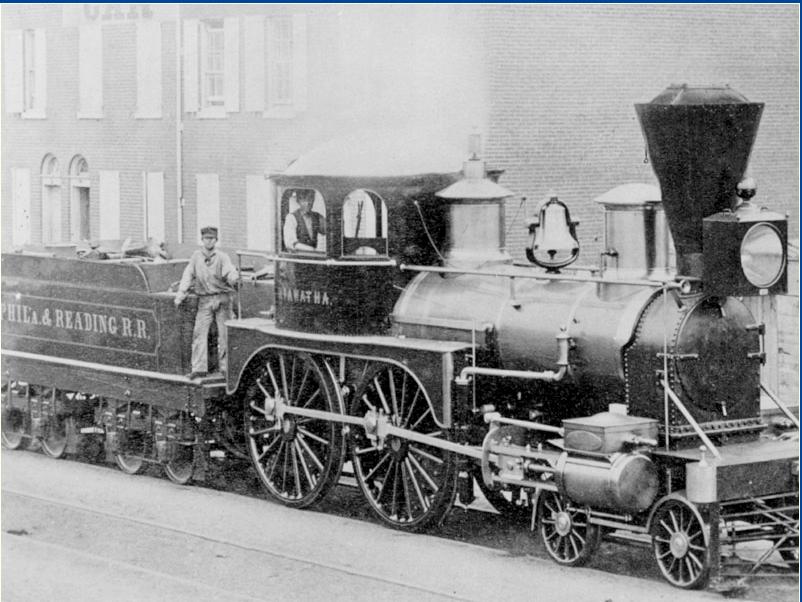Peter Miele on “Talking Flags: The United States Army Signal Corps on July 1 and Beyond”
During the Gettysburg Campaign, the United States Army of the Potomac was relying on an infant organization, the Signal Corps, to perform duties of observation and communication. On July 1, in the Cupola of the Lutheran Theological Seminary, Signal Officer Lt. Aaron B. Jerome was the “eyes” of General John Buford as the largest battle in the western hemisphere erupted. Pete Miele of the Seminary Ridge Museum and Education Center explores how this organization was formed and how they affected the course of battle.
Pete Miele is Executive Director of the Seminary Ridge Museum and Education Center, and President of the Seminary Ridge Historic Preservation Foundation. After graduating from Ramapo College of New Jersey with a degree in History and Secondary Education, he began his career in secondary education, teaching American History, World History, and American Studies. In 2013, he relocated to Gettysburg, obtained a MA in Applied History from Shippensburg University, and found employment with the new Seminary Ridge Museum and Education Center. For seven years, he worked at the Museum in various roles in education and operations and, in 2020, was named the Museum’s Executive Director, the position he currently holds. A frequent lecturer, Pete has presented at national conferences of the Society of Civil War Historians and the American Association of State and Local History. His interests include 19th century mid-Atlantic social and cultural history, environmental and medical history, and museum studies. In fall 2021, Pete began work towards a PhD in American Studies at Penn State, Harrisburg.

